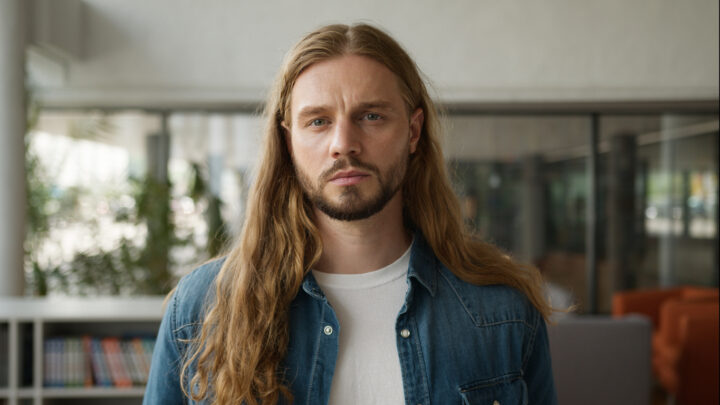There’s been this long-running idea that science and religion are stuck on opposite sides, like one’s facts and the other’s fantasy.
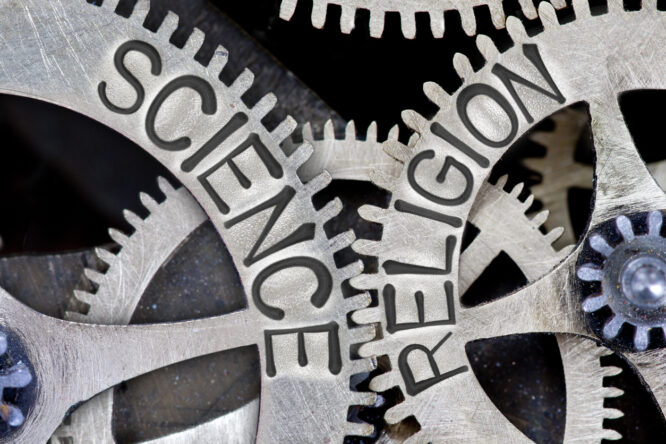
However, most people don’t live that way. Life’s not as clean-cut as a debate stage. You can believe in gravity and still light a candle when you’re grieving. These days, more people are trying to figure out how both can exist side by side because in a lot of real-world situations, they already do.
1. Some scientists have faith too.
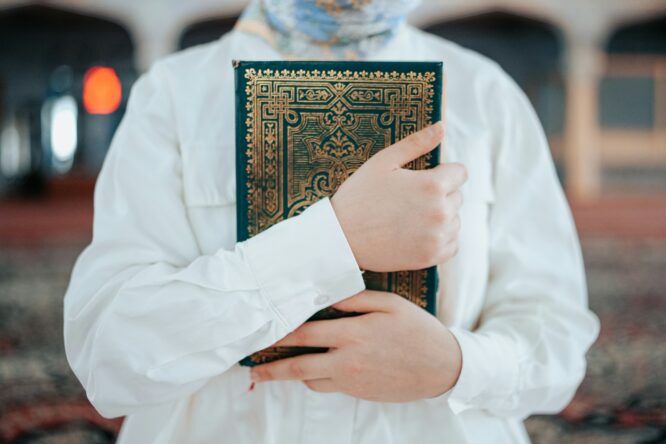
It might not be the stereotype, but there are plenty of scientists who believe in something bigger than themselves. They’ll spend their workdays researching galaxies or genetics, and then go home and pray or reflect in their own way. For them, science isn’t about disproving belief. Instead, it’s just how they explore the world.
There’s no internal crisis between their lab coat and their faith. Science answers the “how,” and their belief system speaks to the “why.” The two don’t cancel each other out; instead, they cover different parts of the human experience.
2. Big discoveries don’t always erase big questions.
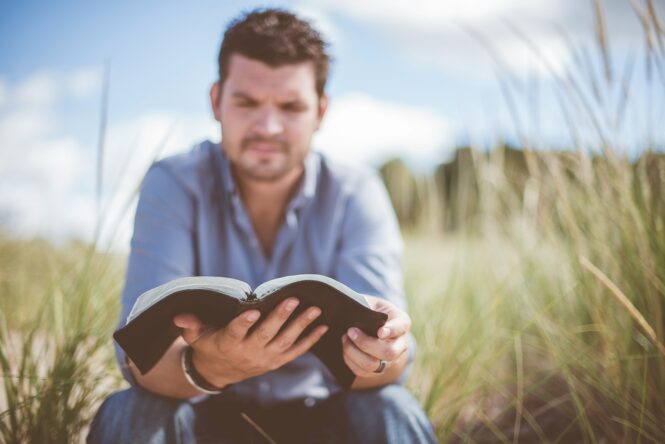
Science can tell us a lot about how the universe formed, how life evolves, or how the brain functions. That being said, it doesn’t always answer why we’re here or what any of it means. That’s where religion or spirituality often steps in for people because it speaks to the things science isn’t trying to solve.
It’s not about plugging God into every gap science hasn’t filled yet. It’s more about recognising that not every question needs a data point. For some, belief lives in that space where mystery still matters, not because science failed, but because it was never the point in the first place.
3. Religious texts aren’t always taken literally.
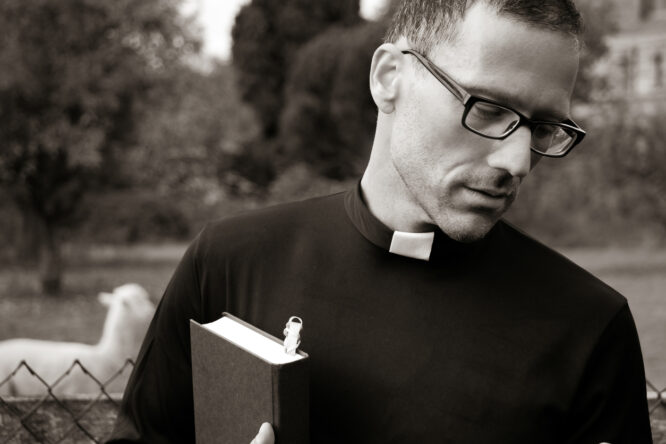
A lot of conflict comes from assuming that religion insists on taking every word as historical fact. But plenty of people of faith don’t read their texts that way. They see them as symbolic, poetic, or rooted in cultural stories, not as science textbooks.
That approach makes it easier to value both tradition and evidence. You can believe in evolution and still find personal meaning in a creation story. It’s less about disproving something and more about finding layers of meaning that science just isn’t set up to offer.
4. Wonder fuels both science and belief.
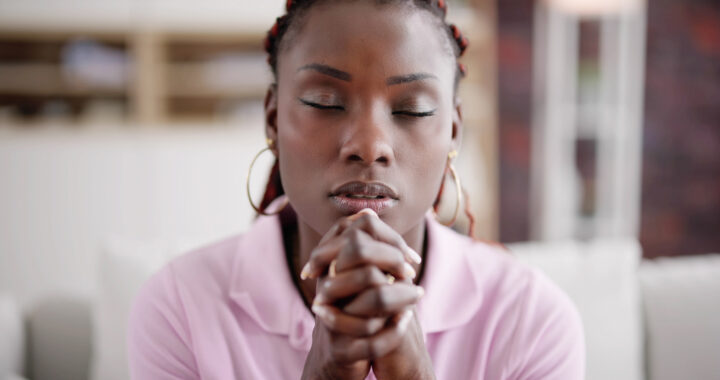
There are scientists who say their faith is what made them curious in the first place. To them, researching the world is a way to connect with something bigger, to understand the complexity of life in more detail, not to strip it of meaning.
Discovering how things work doesn’t make them feel less awe. In fact, it actually deepens it. They’re not trying to prove or disprove anything spiritual. They’re just exploring, and for them, that exploration is part of something sacred, even if they don’t always call it that out loud.
5. Religion isn’t always anti-science.
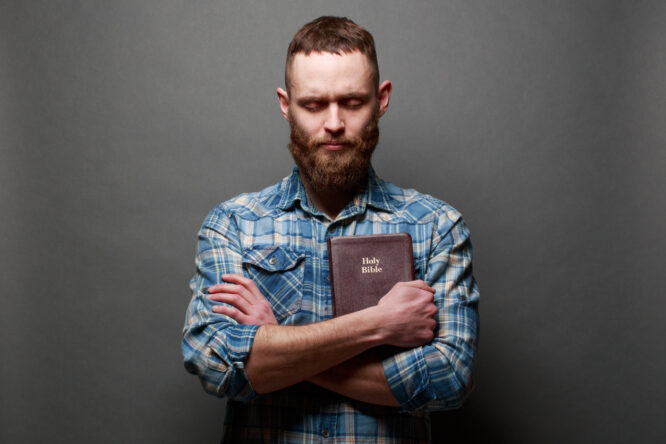
It’s easy to point to headlines about religious groups opposing vaccines or evolution, but that’s not the full picture. There are faith communities that support scientific research, run hospitals, and teach full science curricula in their schools.
The pushback usually comes from small but loud groups, not the whole of religion. A lot of religious people see no contradiction at all. They want their kids to learn real science and also grow up with a sense of values, purpose, or community. And plenty manage both without drama.
6. Kids are being raised with both.
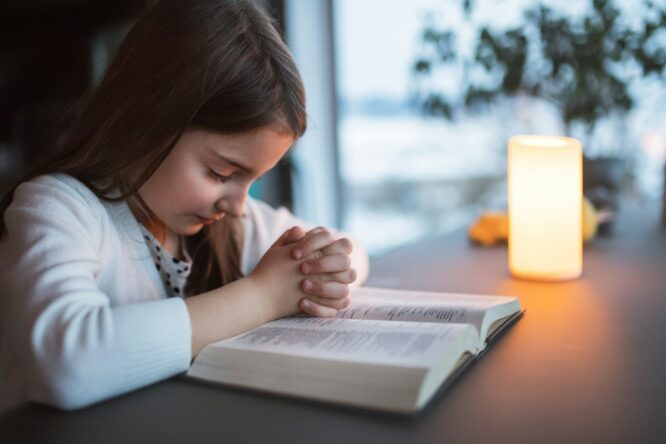
In some families, kids are learning about natural selection and dark matter one minute, and lighting candles or saying prayers the next. And it works. They’re not being confused; they’re just growing up with a broader toolkit for making sense of life. They’re not being indoctrinated with one version of reality. It’s about helping them understand that there are different kinds of knowledge, and they can all offer something useful. That kind of balance is more common than people think.
7. Most people already live happily in the middle.
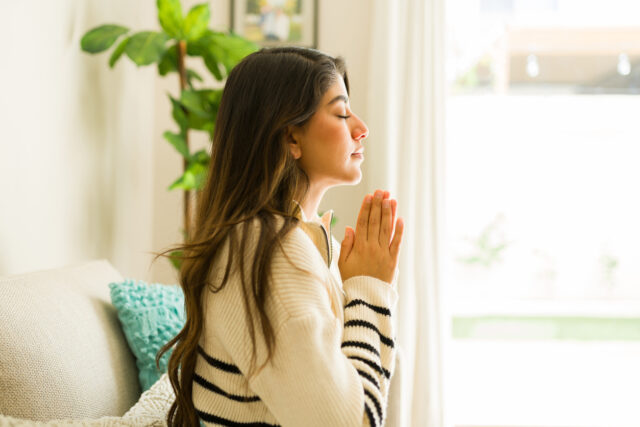
Out in the real world, a lot of people are already blending belief and evidence without overthinking it. They trust science when they go to the doctor, and they also keep personal rituals or beliefs that matter to them. Rather than contradiction, it’s just how they’ve made sense of things. You don’t have to have a perfectly tidy worldview to function. Life is messy, and so are the ways we find meaning in it. For many, they don’t need a final answer. They just want to stay open to more than one kind of truth at once.
8. Spirituality often fills in where science doesn’t go.
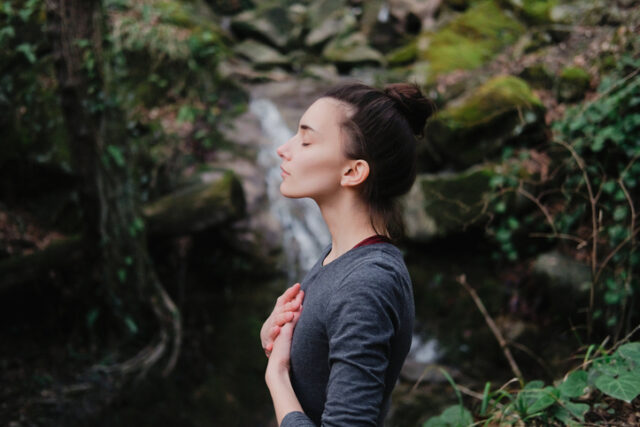
When people lose someone, face a crisis, or need to feel connected to something beyond themselves, they don’t reach for physics textbooks. They lean on beliefs, rituals, or quiet moments that help them get through. That’s not a failure of science; it’s just a different kind of need.
Science can explain a lot, but it’s not built to soothe grief or explore inner peace. That’s where spirituality shows up, not to argue with science, but to support people emotionally when the facts alone don’t quite cover it.
9. They work together more than you’d think.
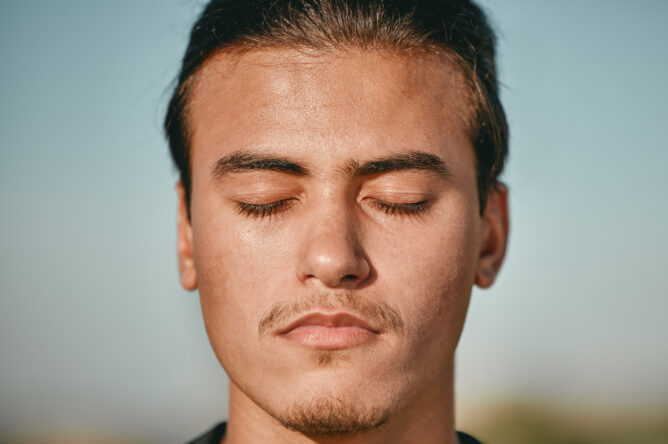
In areas like climate change, faith leaders and scientists are teaming up. One brings the research, the other brings the moral drive. Together, they can push communities toward action in a way that data alone sometimes can’t.
Some of the most effective messages about caring for the planet come from this combination of facts backed by values. There’s no need to convert people. It’s about using every tool we have to deal with something huge, and this is one space where cooperation is already happening.
10. The internet changed the conversation.
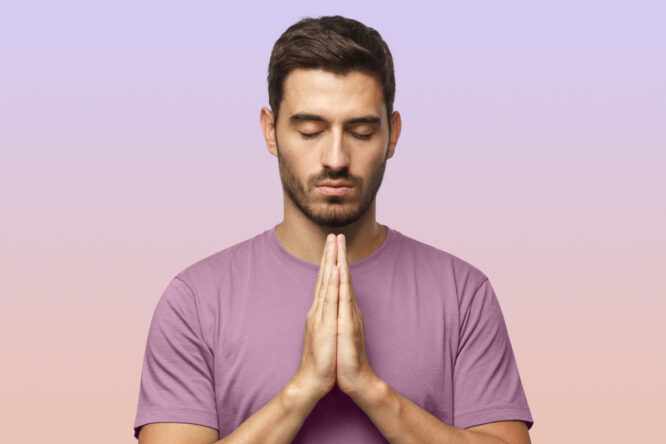
The online world opened up access to both scientific information and spiritual ideas. Now, people are mixing and matching beliefs in ways that used to be rare or taboo. You might find someone who meditates, believes in evolution, and still lights a candle in church every week.
It’s less about having one label and more about finding what works. And while that can feel inconsistent to some, it reflects how most people actually live: holding onto both reason and meaning, logic and belief, without always needing them to perfectly align.
11. Religion is adapting too.

Some religious communities have updated their teachings as science has advanced. They don’t see it as a threat; they see it as a way to stay real and relevant. That doesn’t mean throwing out core beliefs, but it does mean being willing to reframe them. Flexbility like that helps keep traditions alive in a world that’s always changing. It shows that belief systems don’t have to stay frozen in time to stay meaningful. They can evolve and still offer people something deep and lasting.
12. You don’t have to pick a side.
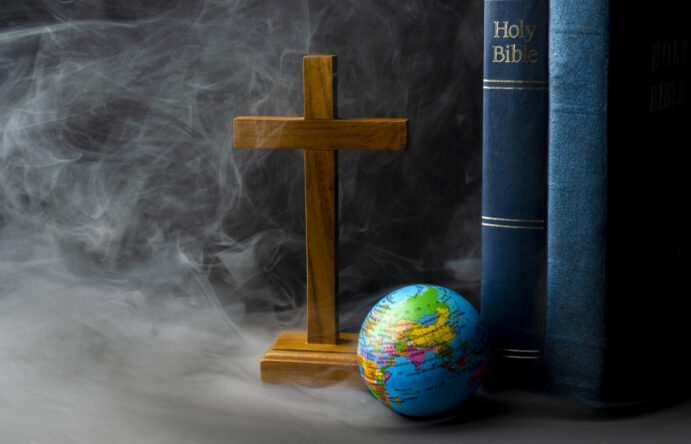
The pressure to either be fully rational or fully spiritual is fading. People are realising you can respect science and still believe in something bigger. You don’t have to explain every emotion with data or every mystery with doctrine.
Most of us are just trying to get through life with a bit of clarity and a bit of comfort. If science helps with one and religion helps with the other, that’s not a contradiction—it’s just being human. That mix works better than most extremes ever have.


